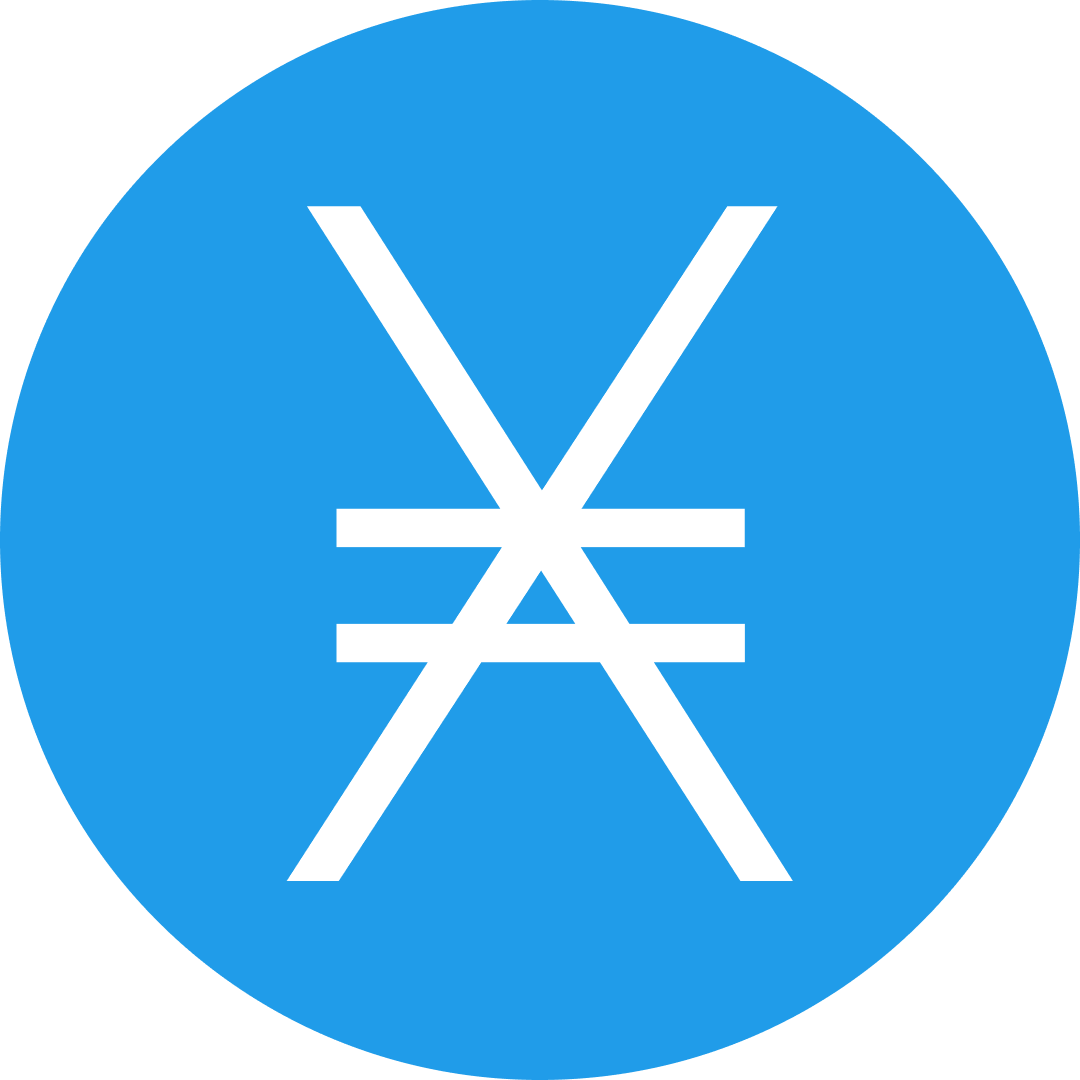-
 bitcoin
bitcoin $99177.955738 USD
-7.32% -
 ethereum
ethereum $3187.183061 USD
-12.38% -
 tether
tether $0.999809 USD
0.00% -
 xrp
xrp $2.117933 USD
-9.42% -
 bnb
bnb $906.710033 USD
-9.17% -
 solana
solana $149.367737 USD
-10.74% -
 usd-coin
usd-coin $0.999816 USD
0.01% -
 tron
tron $0.281498 USD
-0.38% -
 dogecoin
dogecoin $0.156292 USD
-8.00% -
 cardano
cardano $0.500744 USD
-10.19% -
 hyperliquid
hyperliquid $38.087358 USD
-4.58% -
 chainlink
chainlink $14.097831 USD
-8.54% -
 bitcoin-cash
bitcoin-cash $463.329916 USD
-9.22% -
 ethena-usde
ethena-usde $0.999078 USD
-0.01% -
 unus-sed-leo
unus-sed-leo $9.475862 USD
-0.79%
The difference between DigiFinex options and contracts
DigiFinex options, with their defined risk and limited profit potential, are better suited for traders seeking a balance between reward and risk.
Nov 24, 2024 at 05:02 am
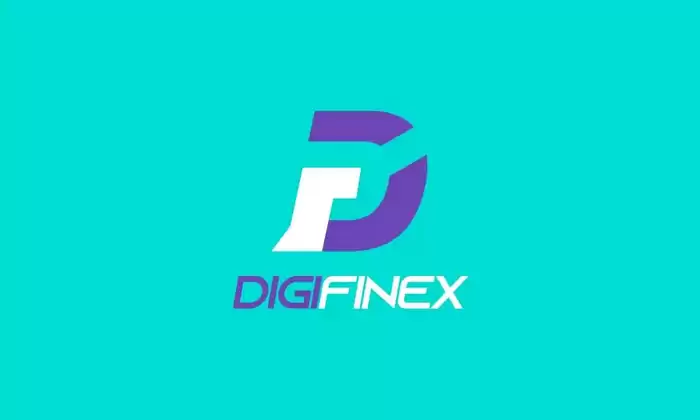
In the ever-evolving landscape of blockchain and decentralized finance (DeFi), understanding the nuances of different financial instruments is crucial for successful trading. DigiFinex, a leading cryptocurrency exchange, offers both options and contracts, which are distinct financial derivatives with unique characteristics. This article delves into the intricate differences between DigiFinex options and contracts, providing a comprehensive overview to empower traders and investors.
IntroductionOptions and contracts are complex financial instruments that allow traders to speculate on the future price movements of underlying assets without necessarily owning them outright. DigiFinex offers both options and contracts, each with its own set of features, risks, and rewards. Understanding these differences is essential for informed decision-making and successful trading.
Key Differences1. Contract Type- DigiFinex options grant the buyer (holder) the right but not the obligation to buy (call option) or sell (put option) the underlying asset at a predetermined price (strike price) by a specified date (expiration date).
- DigiFinex contracts, also known as perpetual futures or inverse perpetual swaps, are derivative contracts that track the spot price of the underlying asset and allow traders to speculate on its future price movements without an expiration date.
- Option holders have the right but not the obligation to exercise the option contract. They can choose whether to buy or sell the underlying asset at (or before) the expiration date based on market conditions.
- Contract holders are obligated to fulfill the terms of the contract by settling the difference in the value of the underlying asset at the time the contract is closed.
- Options offer limited risk because the maximum loss is typically capped at the premium paid. However, the potential profit is also limited as the option can expire worthless if the underlying asset price does not move favorably.
- Contracts carry potentially unlimited risk as there is no expiration date and the trader remains obligated to fulfill the contract. However, it also offers the potential for unlimited profit if the underlying asset price moves in the trader's favor.
- Options trading on DigiFinex requires an upfront margin to cover potential losses, similar to stock options.
- Contracts trading on DigiFinex has unique margin requirements due to the use of leverage. Traders need to maintain a sufficient margin balance to cover potential fluctuations in the value of the underlying asset.
- Options involve paying a premium to the option seller in exchange for the right to exercise the option.
- Contracts involve paying trading fees to the exchange based on the volume of contracts traded.
- Options are settled in cash or by delivering the underlying asset on the expiration date.
- Contracts are settled by exchanging the difference in the value of the underlying asset between the opening and closing positions.
- Options trading involves various strategies such as buying calls, selling puts, spreads, and straddles. These strategies allow traders to customize their risk and reward profiles.
- Contract trading involves strategies such as scalping, hedging, and arbitrage. Traders can use leverage to amplify their potential profits but also increase their exposure to risk.
- Options are suitable for traders who prefer defined risk and want to bet on price movements within a specified time frame.
- Contracts are suitable for traders who are comfortable with unlimited risk, seek higher potential rewards, and are proficient in managing leverage.
Disclaimer:info@kdj.com
The information provided is not trading advice. kdj.com does not assume any responsibility for any investments made based on the information provided in this article. Cryptocurrencies are highly volatile and it is highly recommended that you invest with caution after thorough research!
If you believe that the content used on this website infringes your copyright, please contact us immediately (info@kdj.com) and we will delete it promptly.
- La Culex, Crypto Investment, and Pudgy Penguins: A NYC Perspective
- 2025-11-05 10:30:13
- Score Big with BetMGM: NBA, NFL, and the TOP150 Bonus Code
- 2025-11-05 08:50:13
- BullZilla, Crypto Presales, and Cronos Aster: What's the Buzz?
- 2025-11-05 09:10:01
- BullZilla Presale: The Roaring Crypto Opportunity You Can't Ignore
- 2025-11-05 08:55:01
- Ripple, USD Stablecoins, and the $1 Billion Milestone: A New Era for Cross-Border Payments?
- 2025-11-05 09:10:01
- New Coin Honors Unknown Soldier: A Nation Remembers
- 2025-11-05 08:35:01
Related knowledge
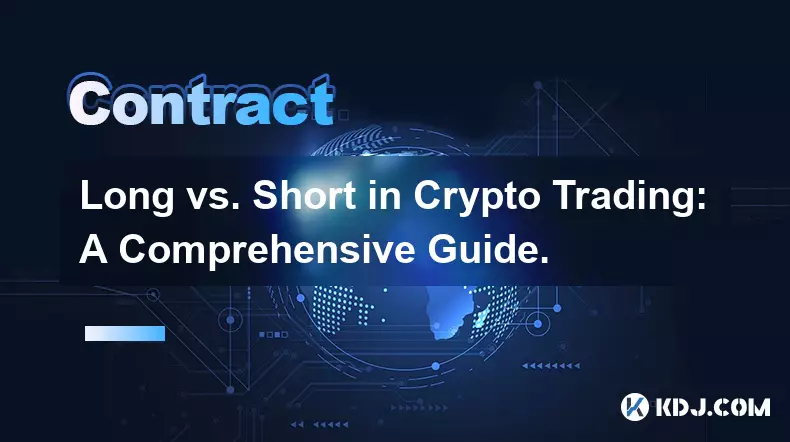
Long vs. Short in Crypto Trading: A Comprehensive Guide.
Nov 04,2025 at 07:39pm
Understanding Long and Short Positions in Cryptocurrency Markets1. In crypto trading, taking a long position means buying a cryptocurrency with the ex...

The 2025 Guide to Profitable Crypto Futures and Derivatives Trading.
Nov 01,2025 at 07:39pm
Understanding Crypto Futures and Derivatives in 20251. Crypto futures are financial contracts obligating the buyer to purchase, or the seller to sell,...
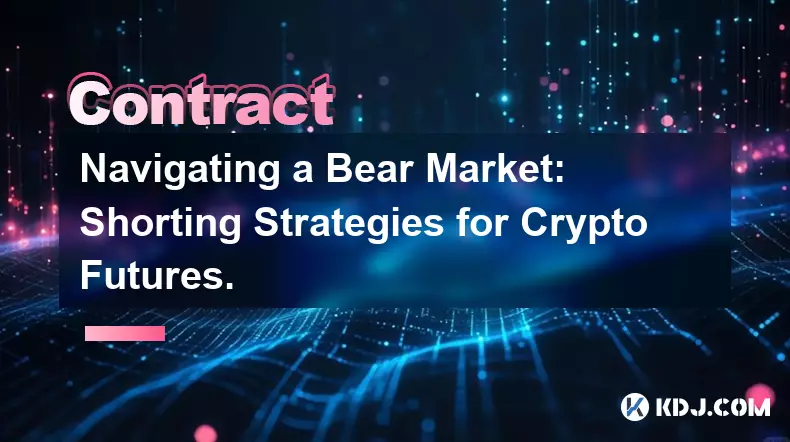
Navigating a Bear Market: Shorting Strategies for Crypto Futures.
Nov 03,2025 at 07:18pm
Understanding Bear Market Dynamics in Crypto1. A bear market in the cryptocurrency space is characterized by prolonged price declines, often driven by...
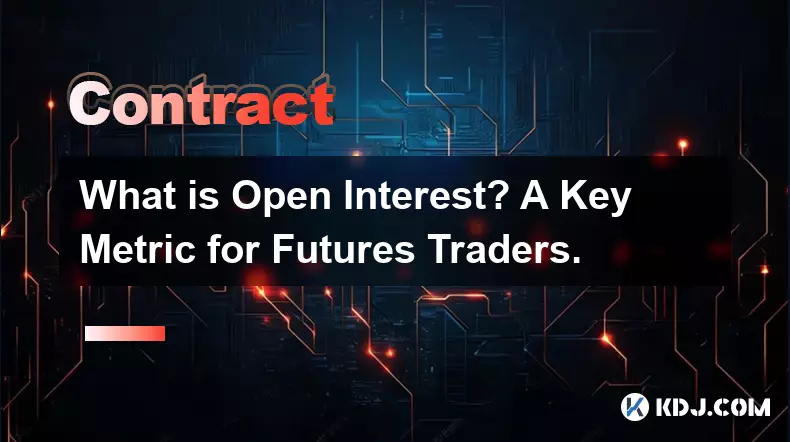
What is Open Interest? A Key Metric for Futures Traders.
Nov 03,2025 at 11:18pm
Understanding Open Interest in Cryptocurrency Futures1. Open interest refers to the total number of active futures contracts that have not been settle...

How to Trade Crypto Futures on Bybit: A Complete Walkthrough.
Nov 04,2025 at 10:50pm
Setting Up Your Bybit Account for Futures Trading1. Visit the official Bybit website and click on the 'Sign Up' button to create a new account. Provid...
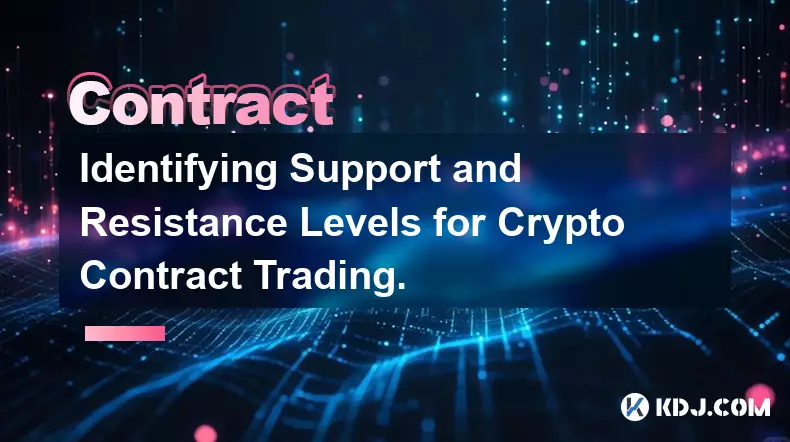
Identifying Support and Resistance Levels for Crypto Contract Trading.
Nov 04,2025 at 06:15pm
Understanding Support and Resistance in Crypto Markets1. Support and resistance levels are foundational concepts in technical analysis, especially wit...

Long vs. Short in Crypto Trading: A Comprehensive Guide.
Nov 04,2025 at 07:39pm
Understanding Long and Short Positions in Cryptocurrency Markets1. In crypto trading, taking a long position means buying a cryptocurrency with the ex...

The 2025 Guide to Profitable Crypto Futures and Derivatives Trading.
Nov 01,2025 at 07:39pm
Understanding Crypto Futures and Derivatives in 20251. Crypto futures are financial contracts obligating the buyer to purchase, or the seller to sell,...

Navigating a Bear Market: Shorting Strategies for Crypto Futures.
Nov 03,2025 at 07:18pm
Understanding Bear Market Dynamics in Crypto1. A bear market in the cryptocurrency space is characterized by prolonged price declines, often driven by...

What is Open Interest? A Key Metric for Futures Traders.
Nov 03,2025 at 11:18pm
Understanding Open Interest in Cryptocurrency Futures1. Open interest refers to the total number of active futures contracts that have not been settle...

How to Trade Crypto Futures on Bybit: A Complete Walkthrough.
Nov 04,2025 at 10:50pm
Setting Up Your Bybit Account for Futures Trading1. Visit the official Bybit website and click on the 'Sign Up' button to create a new account. Provid...

Identifying Support and Resistance Levels for Crypto Contract Trading.
Nov 04,2025 at 06:15pm
Understanding Support and Resistance in Crypto Markets1. Support and resistance levels are foundational concepts in technical analysis, especially wit...
See all articles





































































